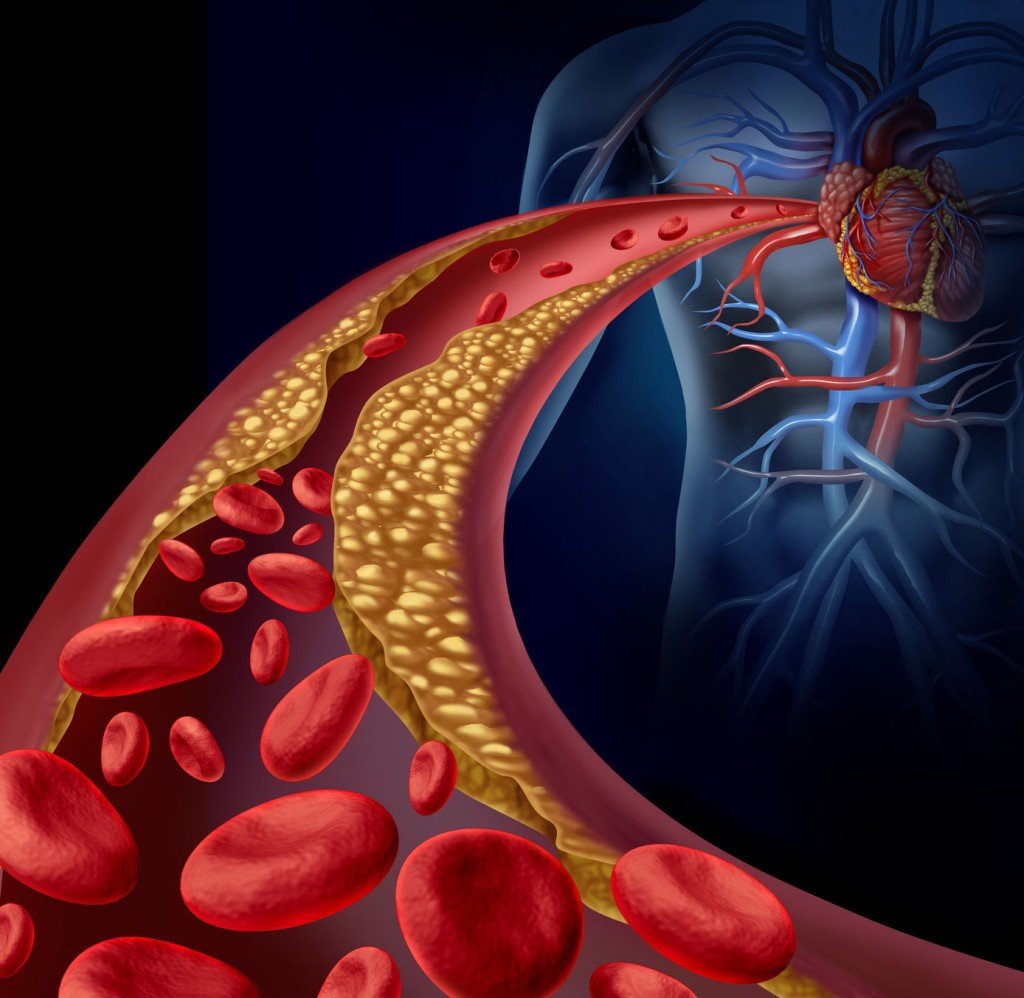|
What is aerobic fitness? Aerobic fitness can be defined as one’s ability to transport and deliver oxygen to the muscles, so it can be utilised to generate energy to support the activity of the muscle during exercise (1) There are three major components to aerobic fitness which can be viewed below (2).
General exercise recommendations for increasing your aerobic fitness 3
Training methods for increasing your aerobic fitness. There are three basic forms of aerobic fitness training: continuous training, interval training and Fartlek training (4). Continuous training Involves continuous exercise such as jogging, swimming, walking, or cycling, at “somewhat hard to hard” intensities without rest intervals. The prescribed exercise intensity is maintained consistently throughout the exercise session. Interval / HIIT training
Fartlek training Fartlek training or “speed play” is similar to interval training, but is a free form of training, which involves interspersing short bursts of intense/faster work throughout a continuous training activity. The exercise-rest cycle is not systematic or precisely timed and measured but is based on the feelings of the participant. The bottom line
Completing some form of aerobic exercise is better than completing no aerobic exercise. If you’re not sure where to start, it is best to start with small increments (5 – 10 mins) of light intensity exercise (walking or cycling) and slowly increase the duration over time. Once you can comfortability tolerant this, look to start increasing the duration. Once you can complete greater bouts of aerobic exercise look to increase the intensity, eventually aiming to reach the recommended guidelines. Bec Dostan
0 Comments
 We often hear 10,000 steps as the golden number to strive for in a day. Why is it 10,000 steps and is it accurate for everyone?? The 10,000 steps concept was initially formulated in Japan in the lead-up to the 1964 Tokyo Olympics. However, there was no real research to support the target, instead it was a marketing strategy to sell pedometers. Australian physical activity guidelines recommended a minimum of 30 minutes of moderate intensity exercise each day. When we convert 30 minutes of activity to steps, it equals approximately 3,000 to 4,000 dedicated steps at a moderate pace depending on the person. In Australia, the average adult accumulates about 7,400 steps a day of incidental activity. Therefore, an additional 3,000 to 4,000 steps undertaken through dedicated walking will help you to reach the 10,000-step goal. Therefore for the average person, aiming for 10,000 steps a day means that we have had to undertake planned and dedicated exercise, and this is the most important part as this is where we get health benefits, therefore the 10,000 steps may be an accurate goal for the average person. Are pedometers or activity watches that track our steps a good tool to use to help us increase our physical activity? Yes they are. Anything that can help motivate you to exercise, provide accountability and track your progress is worthwhile trying. Studies that have looked at the use of activity watches for people specifically trying to improve their health has shown that they have helped to reduce weight and blood pressure when used to help people reach their goal. Should the 10,000 steps be the goal for everyone, or are there variations for different people? It definitely needs to be individual. Some people, for instance older people, people with chronic conditions and office workers will accumulate less incidental activity steps throughout the day and would not meet the average 7,400 steps, and others for example kids, athletes and people who are working on their feet all day will accumulate many more incidental activity steps throughout the day without undertaking any planned exercise. What is important, is attempting to add 3-4,000 steps to your day through dedicated exercise. This could be in 1,000 step or 10 minute exercise chunks. Research tells us that physical fitness is a better indicator of health, than just being active alone. This is why the dedicated exercise component of your step goal is really important. Alternatively, you may also get your 30 minutes of planned exercise in an alternative way that does not involve stepping such as swimming or cycling, so you will still receive the health benefits of exercise and fitness without increasing your step count. If this is you, your step goal might simply be to increase your incidental step count up to around 6-7,000/day. Initially back in the 60s when pedometers were first developed there was no research regarding the magic 10,000 steps. Is there research now? Yes, research recently has shown that people taking 10,000-steps or more a day have a 46% lower risk of early death. Other studies have also shown that people who took more than 5,000 steps a day had a much lower risk of heart disease and stroke than those who took less than 5,000 steps. And, each 1,000-step increase per day reduced the risk of dying prematurely of any cause by 6%. Key Points:
Lisa Parkinson Accredited Exercise Physiologist & Credentialed Diabetes Educator  It’s no secret that exercise has significant benefits on your cardiovascular system and circulation. It has the ability to strengthen your heart muscle, lower your resting heart rate and prevent the build-up of plaques in your arteries, potentially causing a heart attack or stroke. What is the Cardiovascular and circulatory system? Our Cardiovascular system is made up of;
When we eat food, the breakdown of molecules through oxygen into energy occurs and is called cellular respiration. This process allows all movement in the body to occur. Our cardiovascular system transports the oxygen in our blood, through the body to enable this process. It also assists in removing waste like toxins and carbon dioxide that are a by-product of cellular respiration, to be transported out of the body. When our cardiovascular and circulatory system are healthy, they can perform these tasks with ease but when they have been neglected for extended periods of time, they have a reduced capacity to complete these tasks. Our exercise capacity and tolerance also suffer as a result, as we are not able to transport oxygenated blood to our working muscles as efficiently. Why inactivity has an impact? A neglected cardiovascular and circulatory system can often lead to the arteries becoming blocked or constricted. This is usually caused by the build-up of plaques, which are referred to as atherosclerosis. When this build-up begins to harden, the arteries are narrowed and it causes a spike in blood pressure and a reduction in circulation. This decreased the system’s ability to transport oxygen around the body and to remove unwanted waste and toxins. When this narrowing becomes so severe that blood is unable to reach the heart muscles, a condition called coronary heart disease can develop. How can exercise help? The good news is regular moderate intensity exercise can improve circulation. A study by the Harvard School of Public Health reported that 150 minutes of moderate cardiovascular based exercise, provides significant benefits to the cardiovascular system. This includes reducing the build-up of plaque in the arteries, allowing the heart to pump blood freely throughout the circulatory system. As we exercise more frequently our heart muscle becomes stronger meaning it does not have to work as hard to pump blood around the body. This ultimately lowers our resting heart rate and decreases our risk of having a heart attack or stroke. By, Aleisha Michael Accredited Exercise Physiologist |
AuthorSLisa Parkinson Archives
July 2024
Categories
All
|



 RSS Feed
RSS Feed